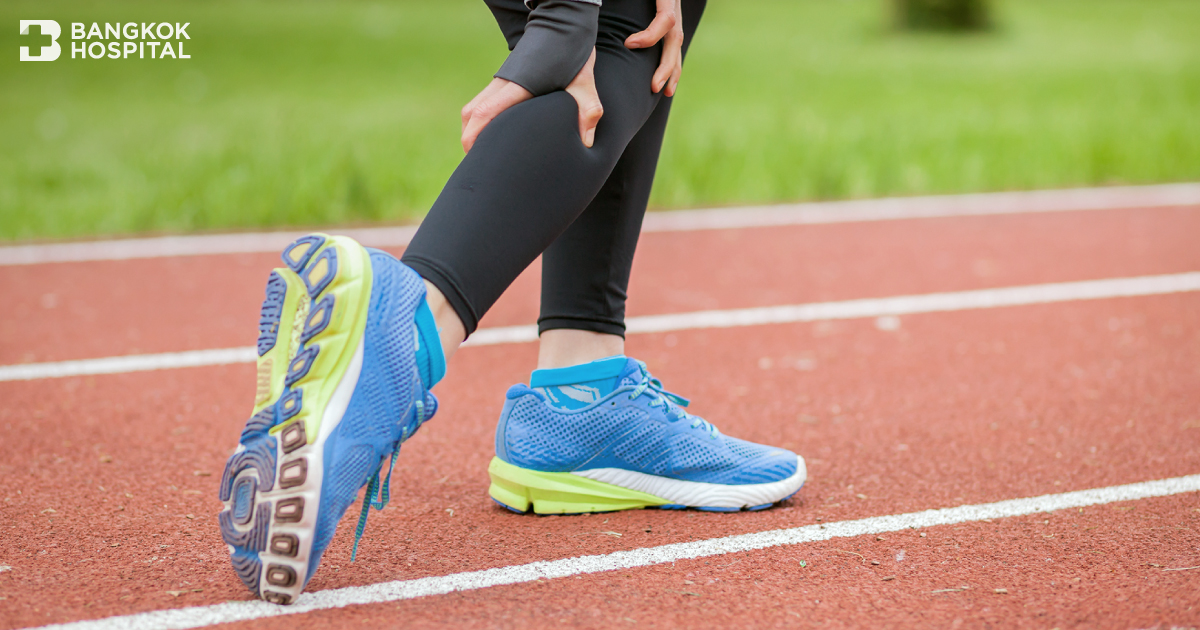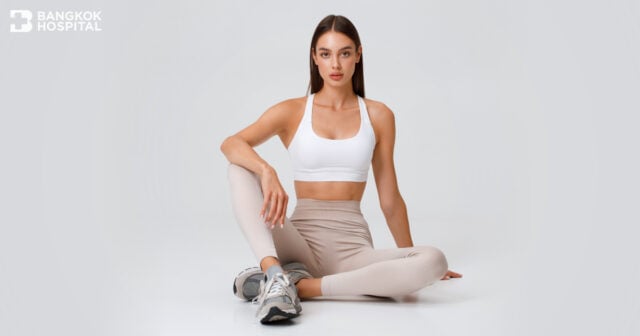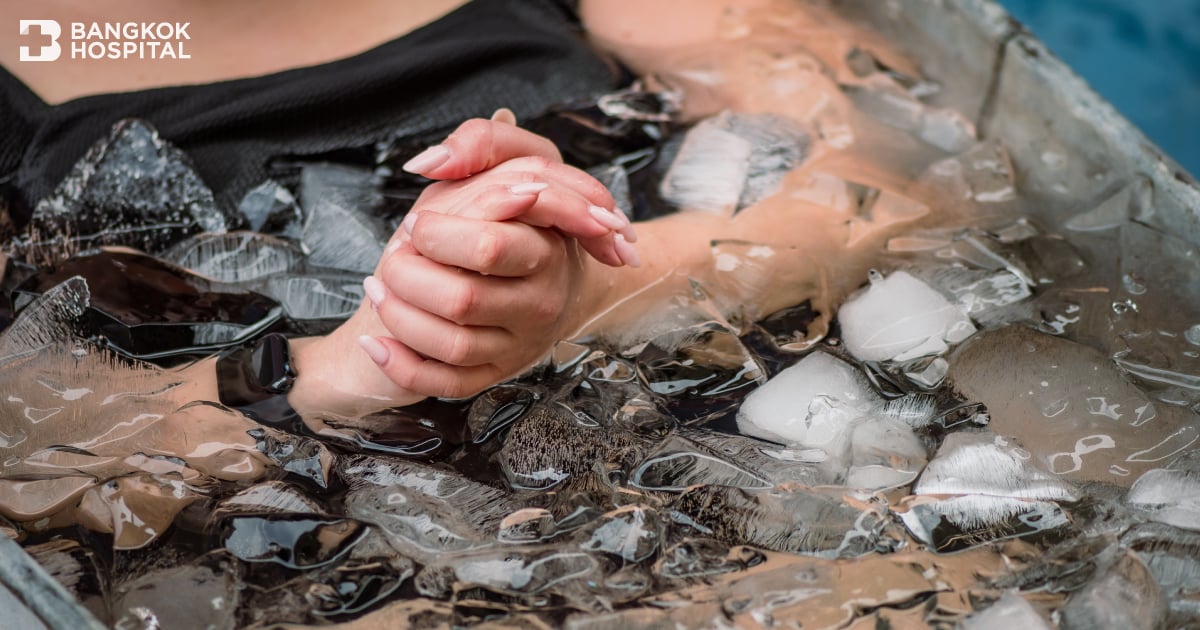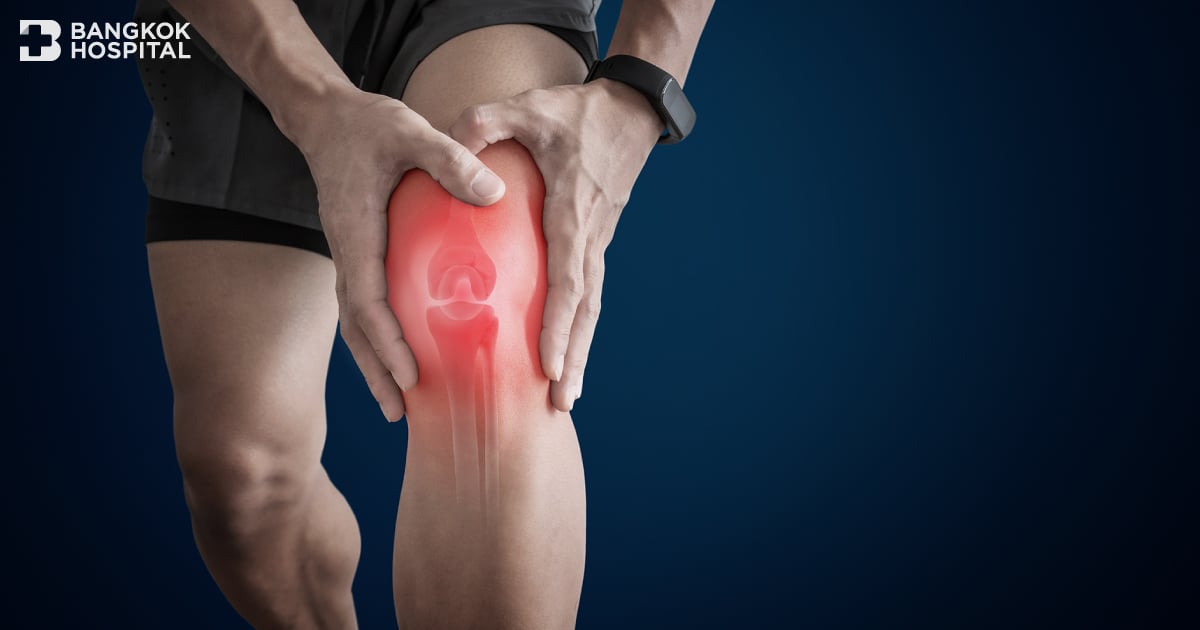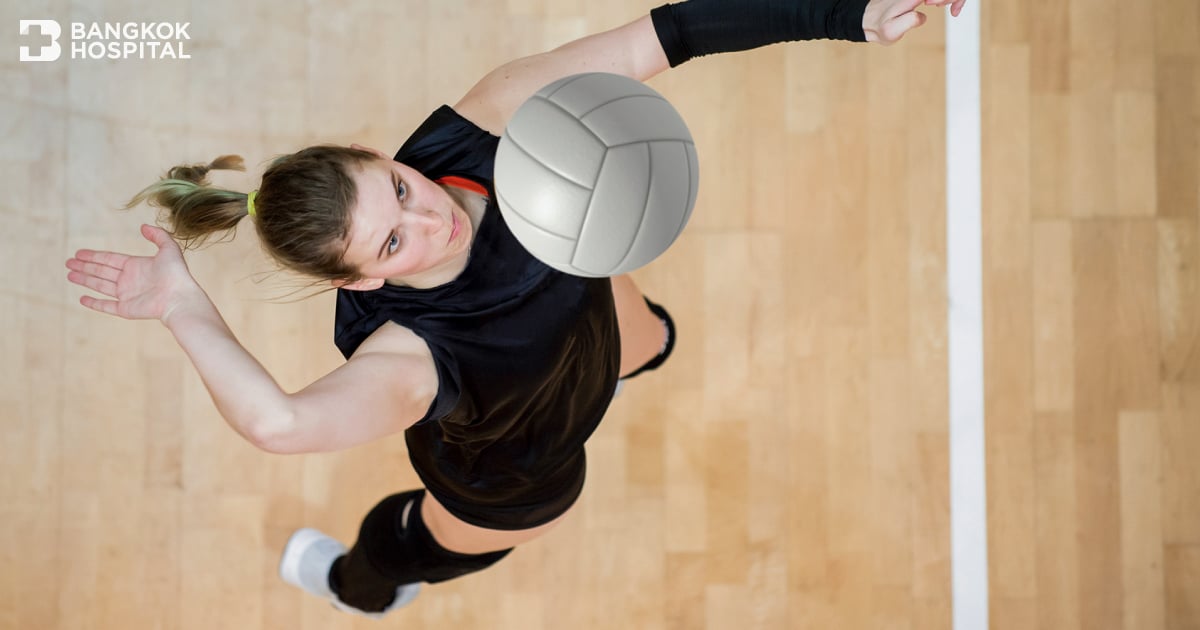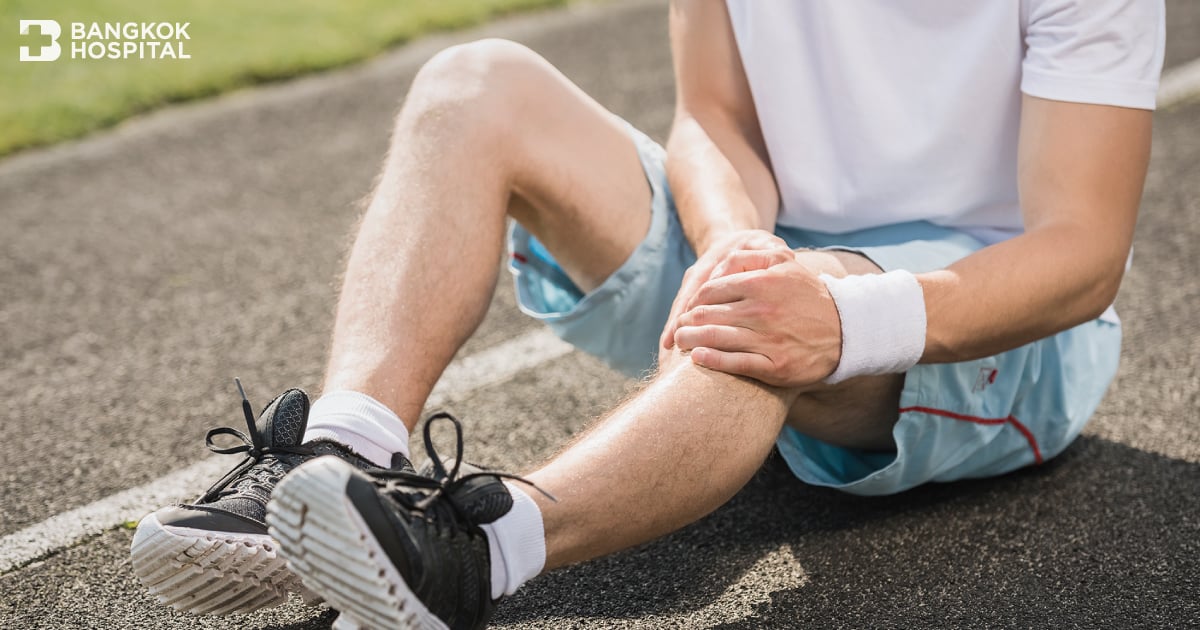The issue of “cramps” is a common problem that is believed to be experienced by everyone, in every family. It is not necessary for it to occur only with athletes or during exercise, but it can also happen to ordinary people.
Cramps
The occurrence of “cramps” in muscles means that the muscle contracts involuntarily. For example, when you want to move your toes downward (to distance them from our body), it requires the work of the calf muscles (Gastro – Soleus Muscles) to contract, causing the heel to pull towards the body. The result is that the toes move away from the body. This entire action is commanded by us, causing the muscles to contract. Cramps that occur in the calf are a contraction of the said muscle group.
“Cramp” or “Muscle Cramp” means a Prolonged Involuntary Contraction (Spasm) of a Muscle, meaning that the muscle contracts, forming lumps, and is painful. The cause can be from the muscle being overused or might be injured from an impact, causing bruising to that muscle.
Commonly Cramped Muscles
Muscles that frequently cramp include- Calf Muscles (Gastro – Soleus Muscles)
- Front and back thigh muscles (Quadriceps and Hamstring Muscles)
- Back Muscles
Preventing Cramps
Most people with cramps often do not know the cause, even after consulting a doctor. The doctor cannot tell the patient the exact cause, but can only suggest general precautions to prevent cramps from occurring again, as follows:
-
Try to exercise and train regularly
To enhance overall Physical Fitness and particularly strengthen muscles that have cramped before to ensure good Muscular Fitness. Stronger muscles can delay the onset of fatigue, reducing the likelihood of cramps. -
Warm-up
Warming up the body, including muscle stretching, can prevent muscle injury, which can lead to cramps. Therefore, sufficient time should be given to warm-up before any exercise or sports activity, including stretching. -
Hydration
Keeping the body hydrated by drinking enough water prevents Dehydration. Especially for those who exercise or play sports, it’s important to be prepared by checking the color of the urine; if it’s rather yellow, it means the body is less hydrated than it should be. Drinking water about 1 hour before exercising, starting from 100 ml and gradually sipping, helps the body stay hydrated. Sweating during exercise requires rehydration to compensate because significant dehydration can increase body temperature, potentially leading to “Heat Cramp”. -
Dressing
Those who have experienced muscle cramps, especially in the calves, should try to avoid wearing socks that are too tight or extend under the knee. Tight socks can reduce blood circulation to the calf muscles, making cramps more likely.
Initial Treatment
For muscles that cramp and contract, gradually stretch the muscle back to its normal length, keeping it stretched until the pain subsides, which may take about 1 – 2 minutes. Then, check if it is still contracting; if so, repeat until the cramp is gone.
For example, if the calf muscle cramps, sit down with that knee straightened and have someone help by lifting the foot of that leg up as far as possible. This can effectively alleviate pain from the cramp. If alone, bending forward and pulling the toes toward the body can also work.
Precautions
It is often seen that those with cramp symptoms tend to massage the area; sometimes, this can make the contraction more severe. Some may attempt to flex the ankle without holding it in position, flicking it up and down in a jerking motion, which is not beneficial. Remember to keep the ankle flexed for 1 – 2 minutes until the cramping and pain subside. If using massage after the pain is gone, it should be done from the Achilles tendon up through the calf to the knee in one direction, to help blood flow back to the heart and improve circulation.

